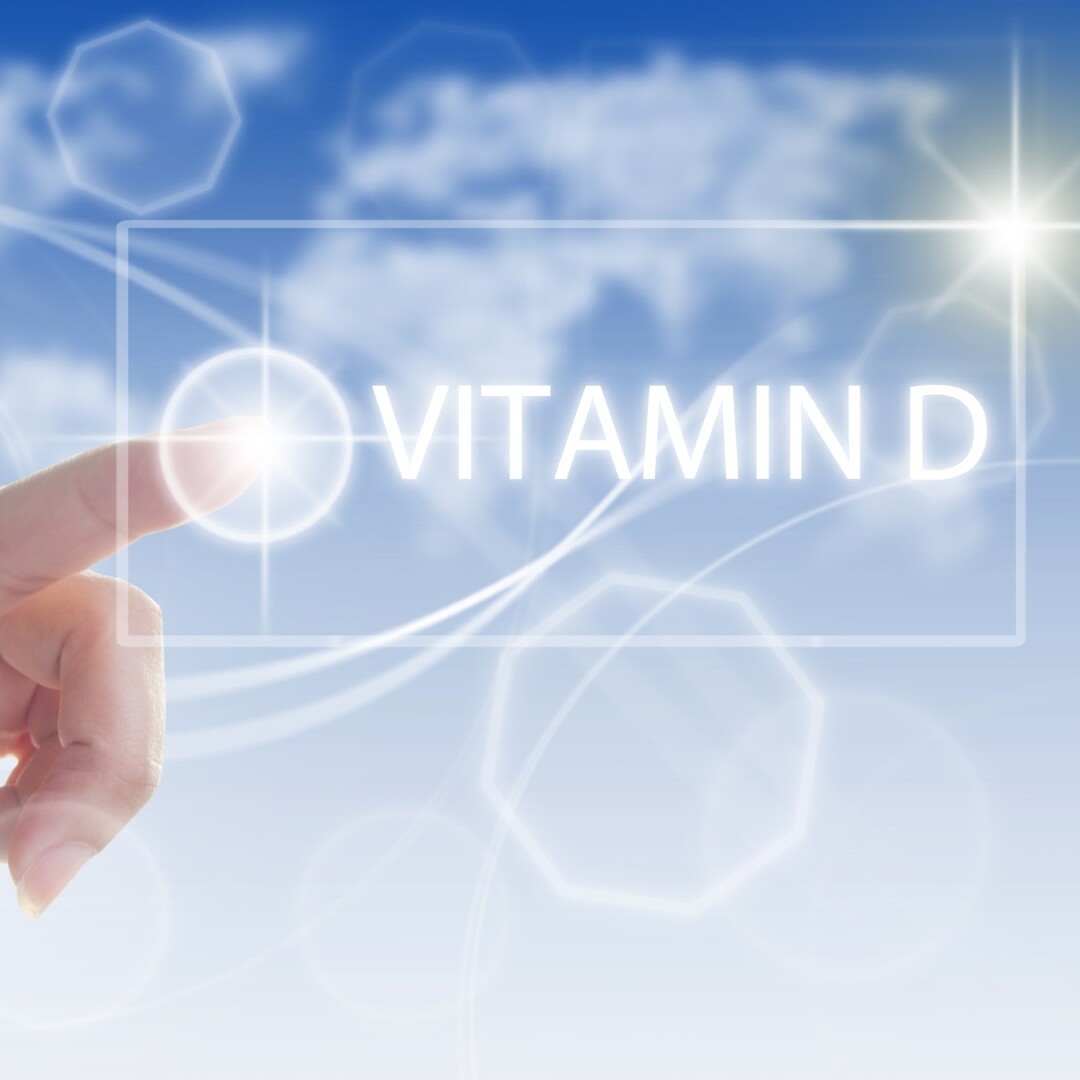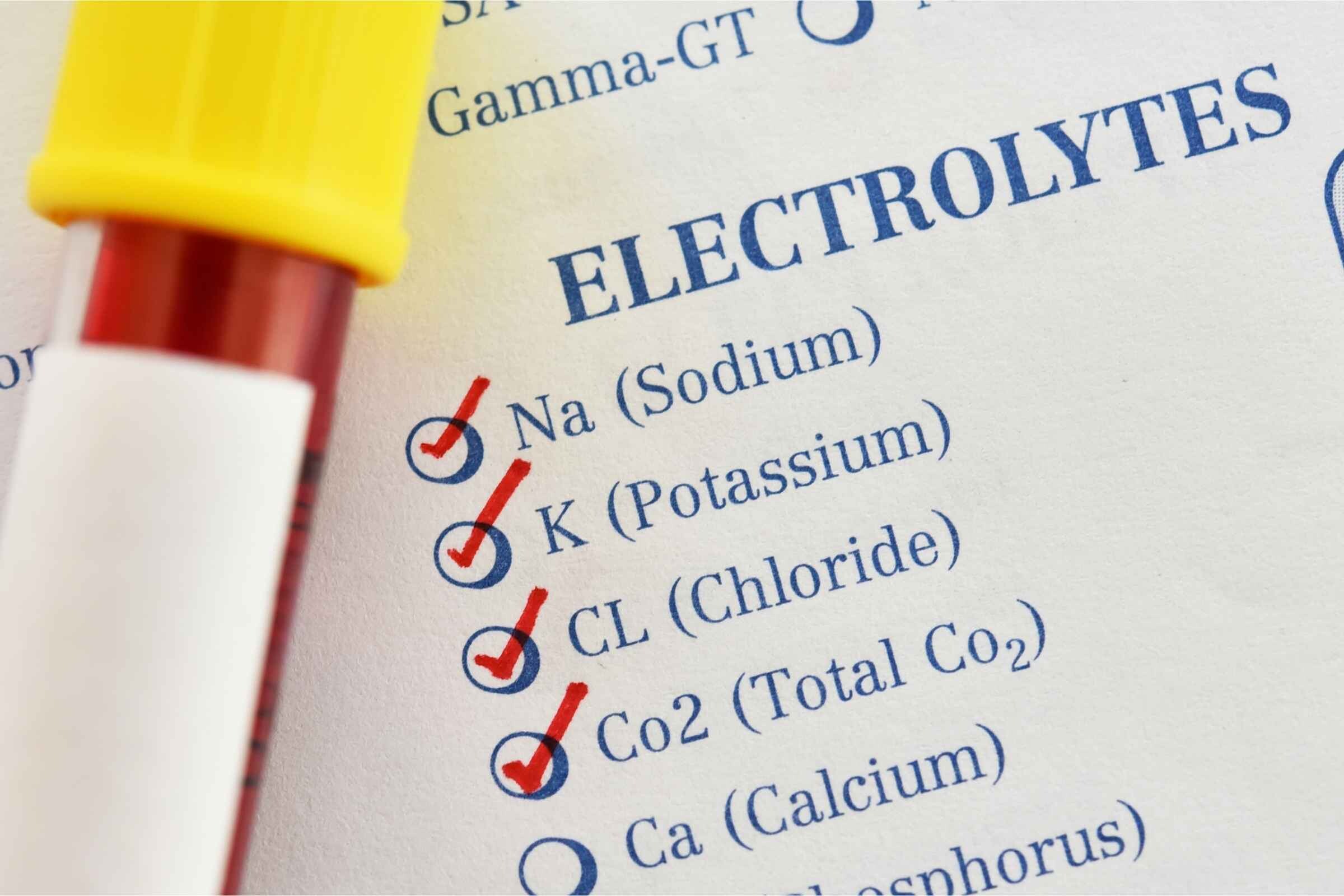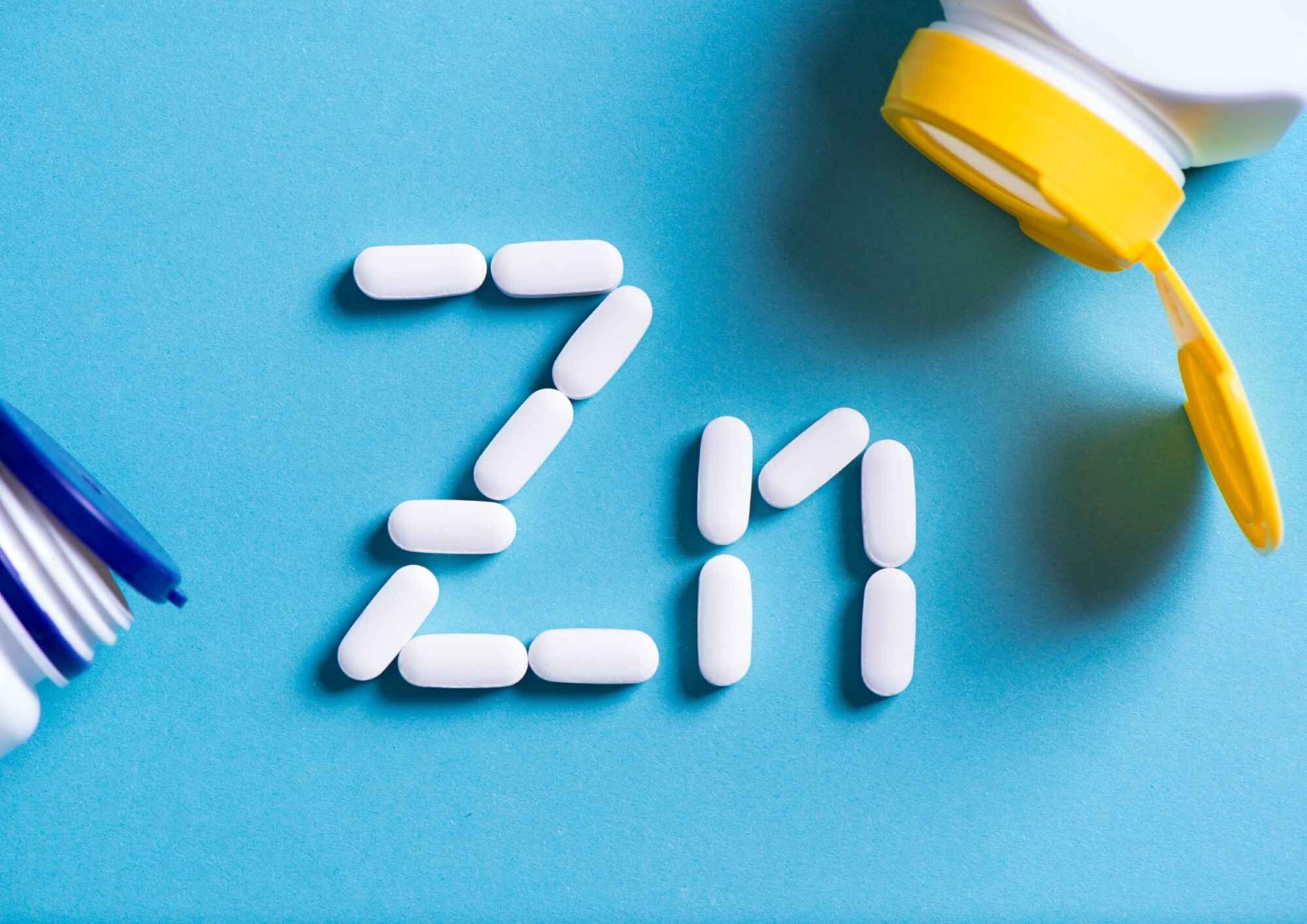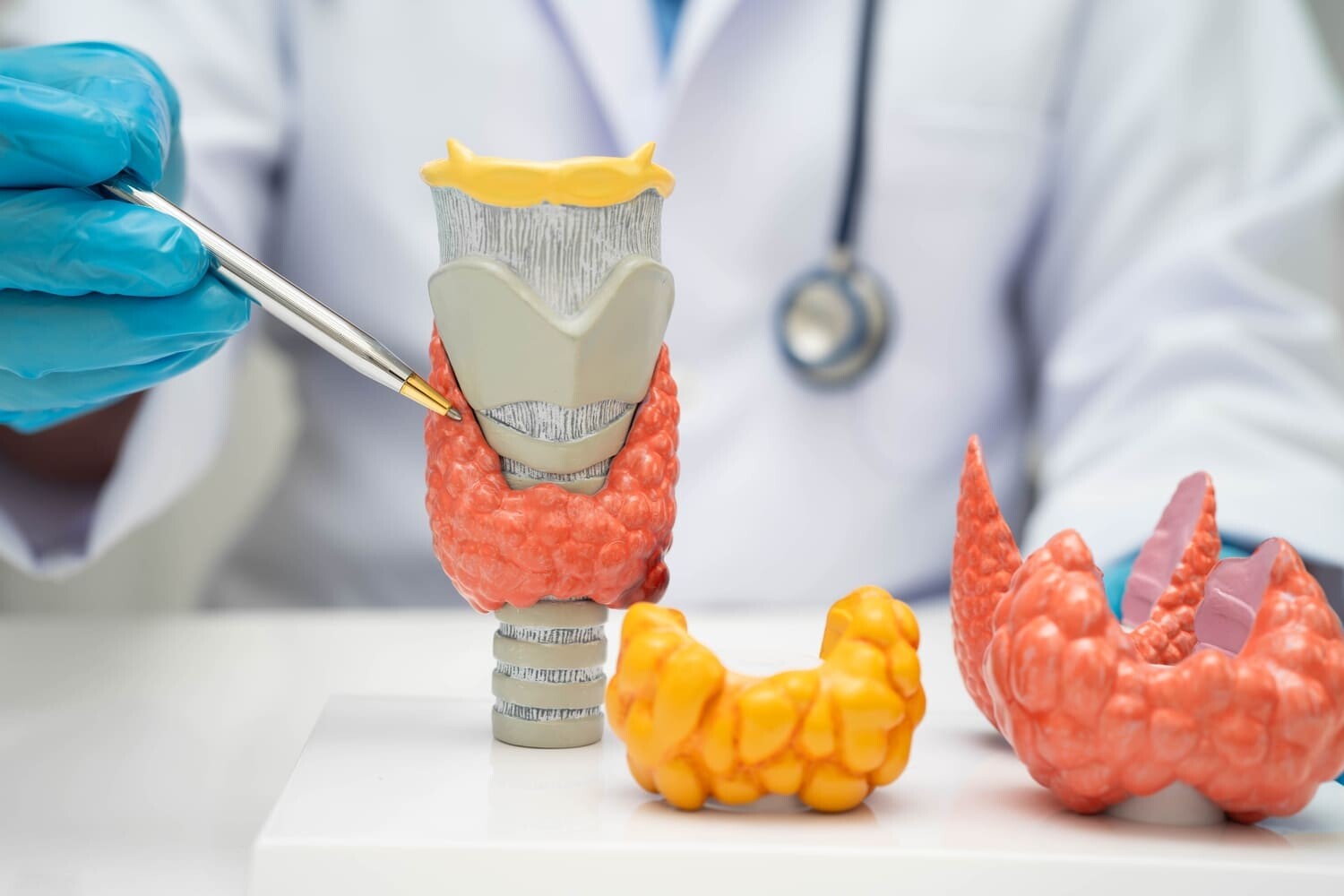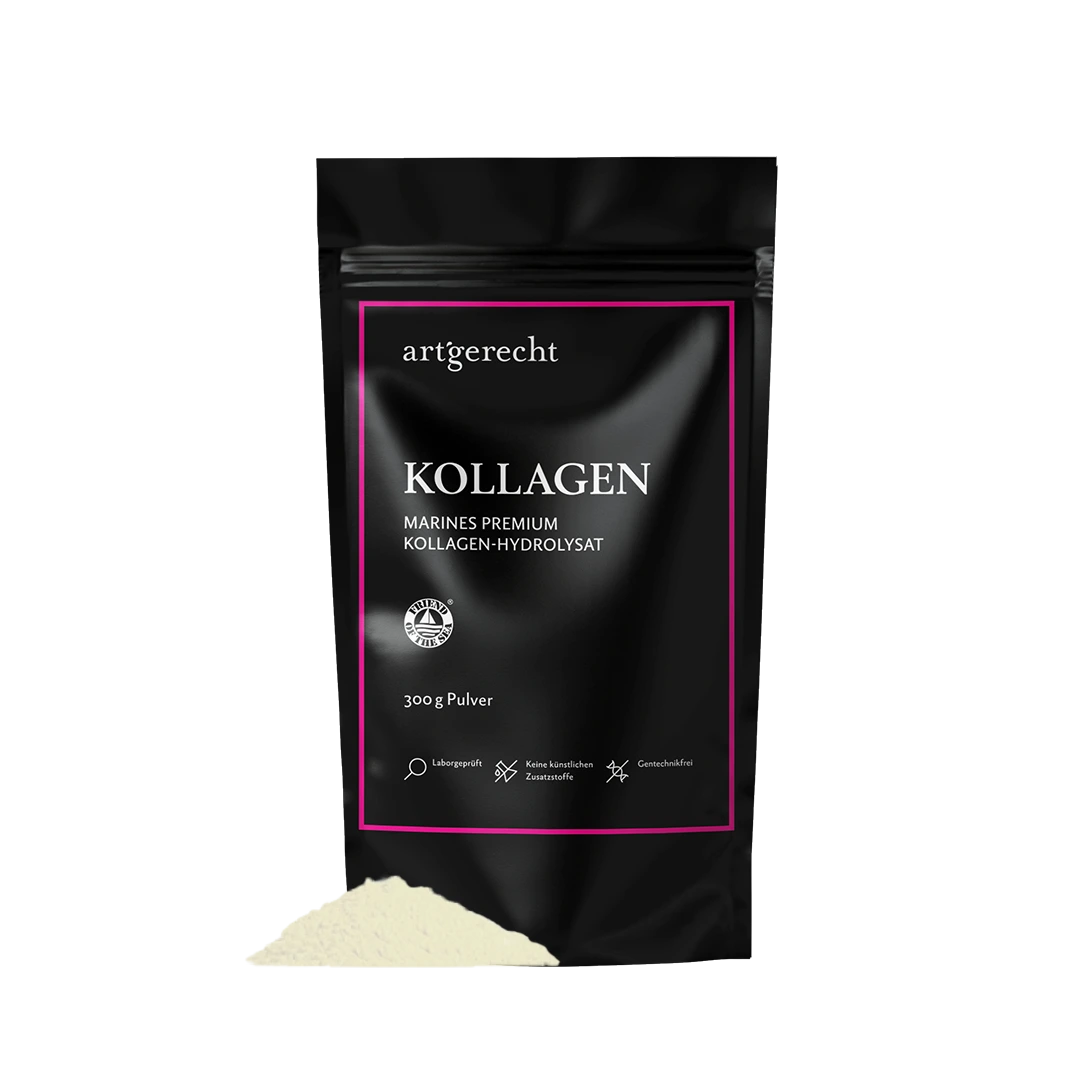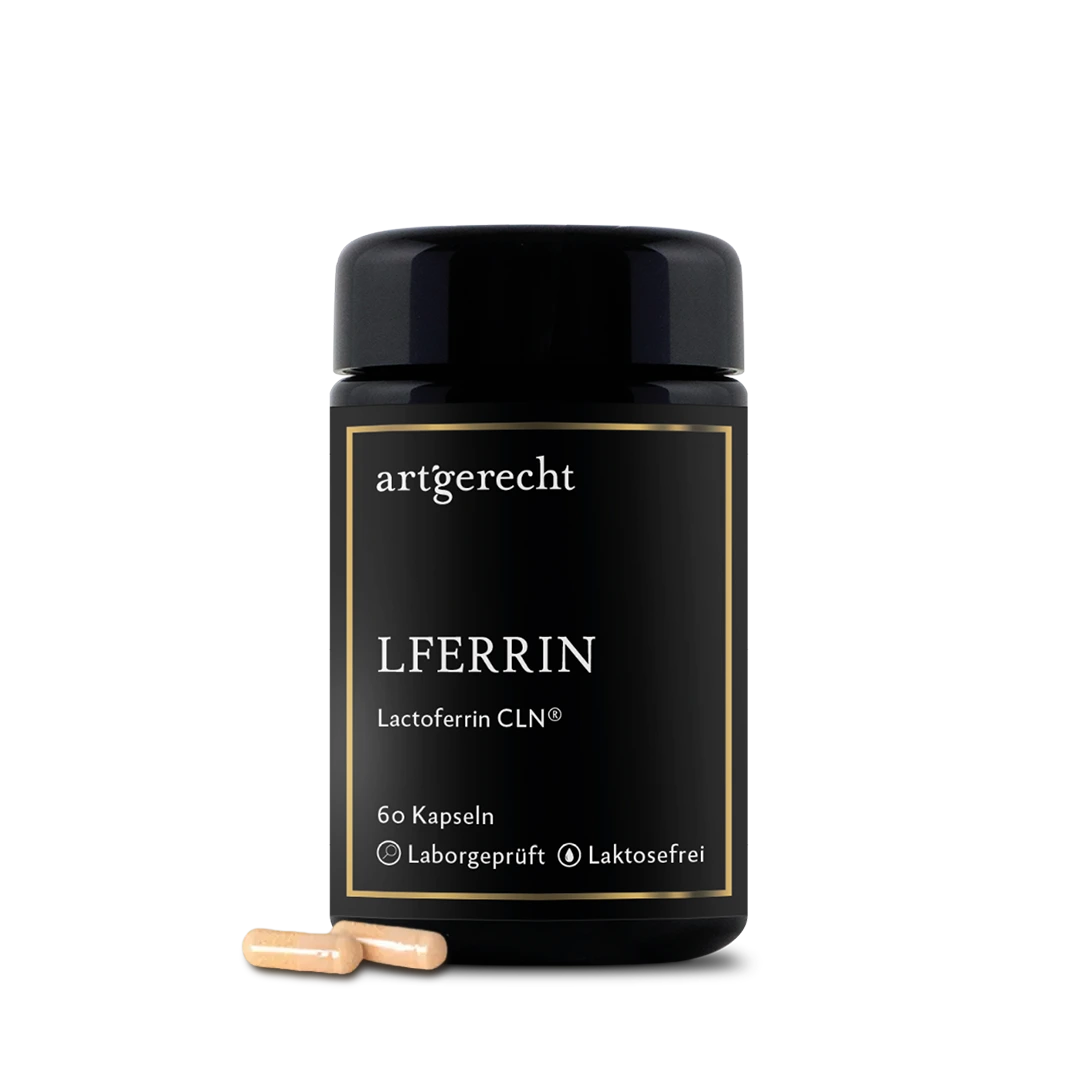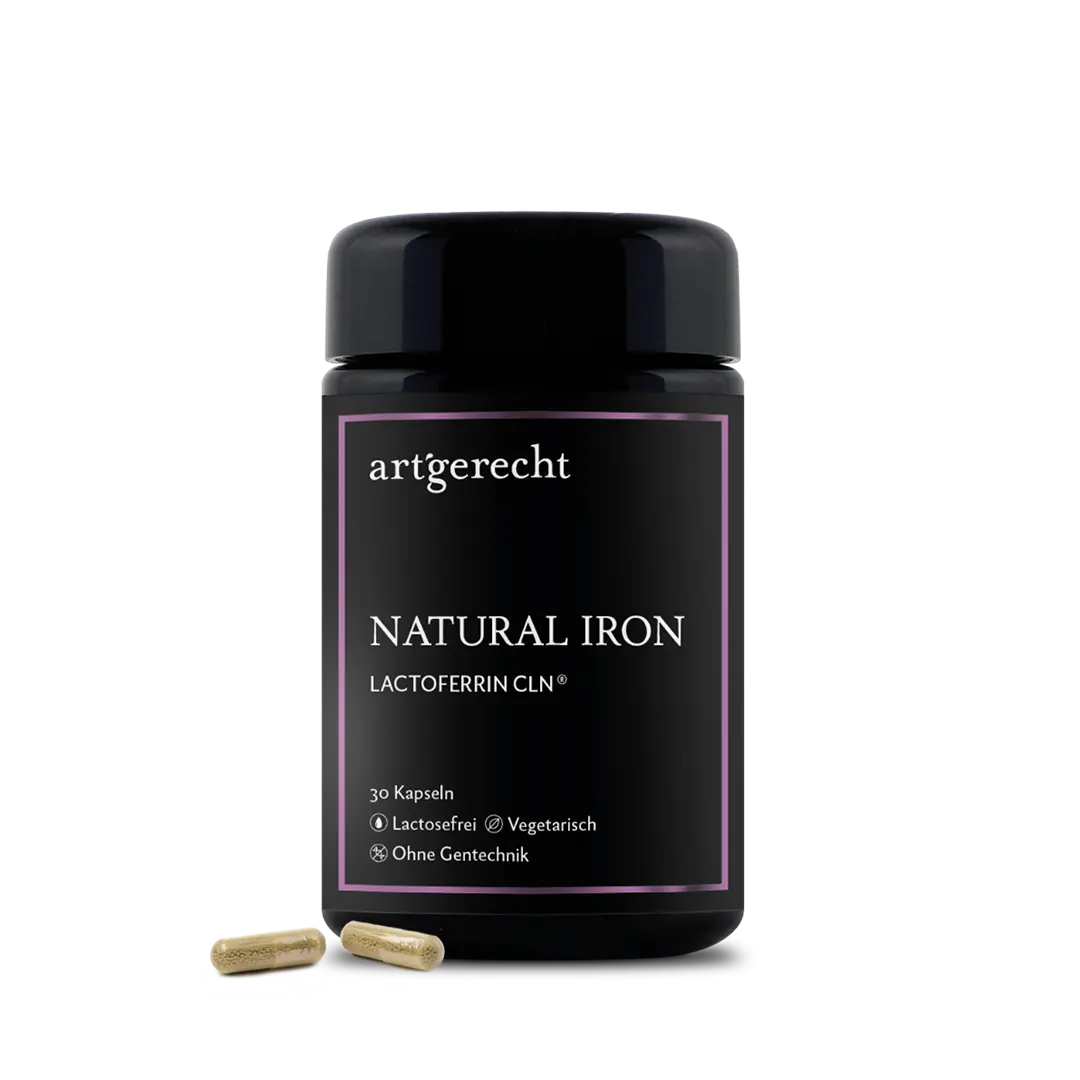The role of vitamin D in the body
Vitamin D3 or cholecalciferol is a unique fat-soluble vitamin that can be produced by humans through the skin via UVB radiation from sunlight1. Over 90 % of the vitamin D available in the body is formed in the skin, while around 10 % is absorbed through the normal diet 2. Under the influence of an endogenous hormone (parathyroid hormone, PTH), the inactive cholecalciferol (vitamin D3) into the active hormone calcitriol, which performs a variety of tasks in the body 1,³. The biological effects of vitamin D are generally divided into two categories. Firstly, the classical activity of vitamin D, which includes calcium and phosphorus metabolism and contributes significantly to bone health. Secondly, the non-classical effects, which mainly concern immune function, the regulation of inflammation, antioxidant and antifibrotic effects as well as inhibitory influences on various types of malignant diseases 2. Specifically, vitamin D receptors are found in various areas of the body: in B and T lymphocytes, which play a central role in immune defense, in the beta cells of the pancreas as part of insulin secretion as well as in the brain and in mechanisms for blood pressure regulation ⁴.
Vitamin D deficiency: consequences and symptoms
Vitamin D deficiency is a widespread problem worldwide. In many countries, insufficient vitamin D levels have been found in the population, which is mainly due to insufficient sunlight exposure and lack of supplementation 5. Depending on its severity, vitamin D deficiency can lead to or worsen osteopenia and osteoporosis in adults. It can also cause osteomalacia and muscle weakness and increase the risk of bone fractures ⁶. A Polish study by Kmieć et al. found that a widespread vitamin D deficiency occurs in adults living predominantly in cities during the winter months 5. In Germany, around 60% of the population have an inadequate supply of vitamin D according to international criteria 3 ⁷. Vitamin D deficiency in children can lead to rickets, which can result in dwarfism and spinal deformities ⁸. In adults, vitamin D deficiency manifests itself in bone or muscle pain and even bone fractures, immunological disorders and cardiovascular diseases, for example.
Risk groups for vitamin D deficiency
The body's own production of vitamin D in the skin depends on various factors, including geographical latitude, time of year and time of day, weather conditions, clothing, length of time spent outdoors and individual skin type7. Groups particularly at risk of vitamin D deficiency include people with limited exposure to sunlight, older adults, people who have undergone gastric surgery, people with darker skin due to higher levels of the pigment melanin and breastfed infants. The focus is particularly on vitamin D deficiency, which is caused by increasingly reduced exposure to sunlight. The main reasons for this are the predominant stay indoors and the frequent covering of the skin with clothing 1. However, this is offset by the increased risk of melanoma (skin cancer) associated with increased sun exposure and the associated UV radiation. Therefore, increased exposure to sunlight to prevent vitamin D deficiency cannot be recommended 4.
How to cover your vitamin D needs
Vitamin D can be partially absorbed through various foods. Natural sources of vitamin D3 include fatty fish species such as salmon, mackerel or herring1. Vitamin D is also found to a lesser extent in liver, egg yolk, some edible mushrooms and in margarine enriched with vitamin D. The German Nutrition Society (DGE) recommends a minimum serum concentration of 50 nmol/l, based on the values of the US Institute of Medicine, in order to ensure the desired supply of vitamin D 7. For the average healthy adult, a daily vitamin D intake of 400-1,000 I.U. per day (10-25 µg) is recommended. Individual adjustment of the vitamin D dose is recommended, for example depending on age or personal absorption capacity. The dosage should also be adjusted accordingly in the case of a manifest vitamin D deficiency ¹⁰.
Another interesting point is the role of vitamin K for bone balance. Intervention studies in humans have shown that vitamin K can not only increase bone mineral density in osteoporotic patients, but also reduce the fracture rate. Furthermore, results indicate that vitamin K and vitamin D synergistically promote bone density. In addition, vitamin K has a positive influence on the calcium balance, an essential mineral for bone metabolism. The Institute of Medicine recommends a daily intake of 90 µg for women and 120 µg for men ¹¹.
However, the consequences of an overdose of vitamin D3 should not be neglected. An excessive intake of vitamin D can lead to increased calcium levels in the blood, which can have various health consequences. These include neuropsychiatric symptoms such as lethargy or confusion as well as physical complaints such as vomiting and constipation. There is also an increased risk of kidney stones forming. The European Food Safety Authority (EFSA) has set a maximum acceptable daily intake of 4,000 IU of vitamin D for adults 10.
OSOLE from artgerecht
One way to support the body's own vitamin D level is OSOLE from artgerecht. Pure, liquid vitamin D3 in combination with vitamin K1 and K2 contributes OSOLE helps to maintain the normal function of the immune system, bones and muscles. It contains 1,000 I.U. vitamin D3 per drop and is ideal for people who do not get enough sunlight in their everyday lives.
¹ Nair, R., & Maseeh, A. (2012). Vitamin D: The “sunshine” vitamin. Journal of pharmacology and pharmacotherapeutics, 3(2), 118-126.
.² Wang, H., Chen, W., Li, D., Yin, X., Zhang, X., Olsen, N., & Zheng, S. G. (2017). Vitamin D and chronic diseases. Aging and disease, 8(3), 346.
.³ Müller-Esterl et al: Biochemistry. 3rd corrected edition Springer Verlag 2017, ISBN: 978-3-662-54850-9
⁴ Norman, A. W. (2008). From vitamin D to hormone D: fundamentals of the vitamin D endocrine system essential for good health. The American journal of clinical nutrition, 88(2), 491S-499S.
⁵ Kmieć, P., Żmijewski, M., Waszak, P., Sworczak, K., & Lizakowska-Kmieć, M. (2014). Vitamin D deficiency during winter months among an adult, predominantly urban, population in Northern Poland. Endokrynologia Polska, 65(2), 105-113.
⁶ Holick, M. F. (2007). Vitamin D deficiency. New England journal of medicine, 357(3), 266-281.
⁷ Deutsche Gesellschaft für Ernährung e.V., Neue Referenzwerte für Vitamin D [Status 26.11.2024]. Available at: https://www.dge.de/presse/meldungen/pressearchiv-2011-2018/standard-titel-1/
⁸ Schmidt, Lang, Heckmann. Human physiology with pathophysiology. 31st edition. Springer Medizin Verlag Heidelberg 2010
⁹ Bayer, W. (2009). Profile: Vitamin D. Nutrition & Medicine, 24(01), 21-22.
¹⁰ Ramasamy, I. (2020). Vitamin D metabolism and guidelines for vitamin D supplementation. The Clinical Biochemist Reviews, 41(3), 103.
¹¹ Weber, P. (2001). Vitamin K and bone health. Nutrition, 17(10), 880-887.

